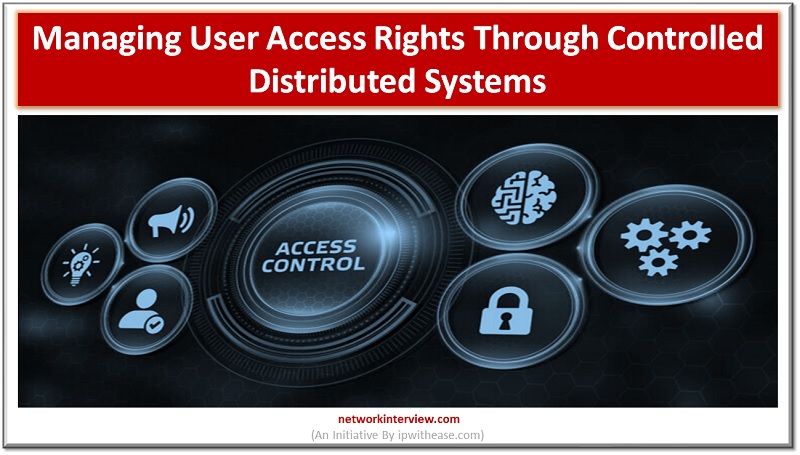
Managing User Access Rights Through Controlled Distributed Systems
In today’s digital age, the security of user access rights has become more important than ever before. Managing user access rights is a crucial task in any organization that deals with sensitive data. The rise of distributed systems has made it difficult to manage user access rights, as distributed systems have multiple endpoints. In this blog post, we will explore how controlled systems can help manage user access rights efficiently and find the right solution for your needs.
Why Are Distributed Systems Beneficial for Access Management?
A distributed system is an excellent solution for access management as it eliminates the need for a central point of control. In a distributed system, each computer makes the decisions locally, reducing the chances of a bottleneck or a single point of failure. Moreover, a distributed system can scale seamlessly by adding more computers to the network. This makes it ideal for large, complex projects that involve multiple teams and users.
Control Access with Authorization:
Authorization is the process of granting or denying access to an application. You can define and manage different user authorization levels with controlled distributed systems. This means that users will have access to only the resources they need for their work. This eliminates the risk of unauthorized access and ensures that sensitive data is only accessible to authorized personnel. Controlled distributed systems ensure that users can only access the resources they need, minimizing the risk of data breaches.
Use Identity Management:
Identity management is crucial in managing user access rights. A controlled distributed system can provide centralized identity management, giving the administrators a single point of control for user access rights. Centralized identity management ensures that only authorized personnel have access to the system. Controlled distributed systems use identity management to manage user access rights across the distributed system.
Enforce Access Control Policies:
Access control policies can be implemented through controlled distributed systems to ensure that only authorized personnel can access sensitive data. These policies define the criteria that must be met for a user to access specific resources. For example, you can enforce policies to allow users to access a resource only if they access it from a trusted source. This ensures that users cannot access resources from untrusted sources, minimizing the risk of data breaches.
Audit Access:
Auditing access is critical in managing access rights. Controlled distributed systems can provide audit capabilities to track user access to sensitive data. This ensures that any malicious activities can be caught before significant damage is done. With audit capabilities in place, users can be held accountable for their actions, and unauthorized access can be detected in real-time.
Control Access to Sensitive Data:
Controlled distributed systems can be used to control access to sensitive data. This can be achieved by encrypting sensitive data and providing secure access to authorized personnel. Sensitive data can be stored in secure locations, and end-to-end encryption can be used to protect data communication. Control access to sensitive data ensures that only authorized personnel can access the data, minimizing the risk of data breaches.
Conclusion
Managing user access rights is critical in any organization that deals with sensitive data. Controlled distributed systems provide an efficient and secure way of managing user access rights. With controlled distributed systems, access can be controlled through authorization, identity management, access control policies, auditing access, and control access to sensitive data.
Implementing these measures in a controlled distributed system ensures that sensitive data is protected from unauthorized access, minimizing the risk of data breaches. As organizations continue to embrace distributed systems, controlled distributed systems will play a central role in managing user access rights.
Continue Reading:
What is CASB (Cloud Access Security Broker)?
What Is Security Service Edge (SSE)? How is it different from SASE?



